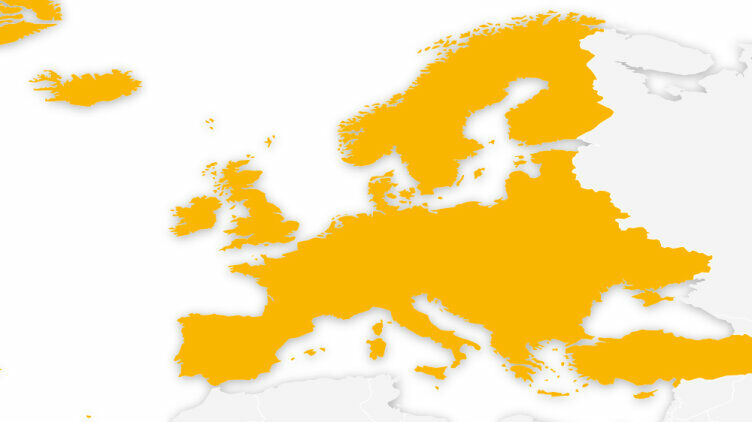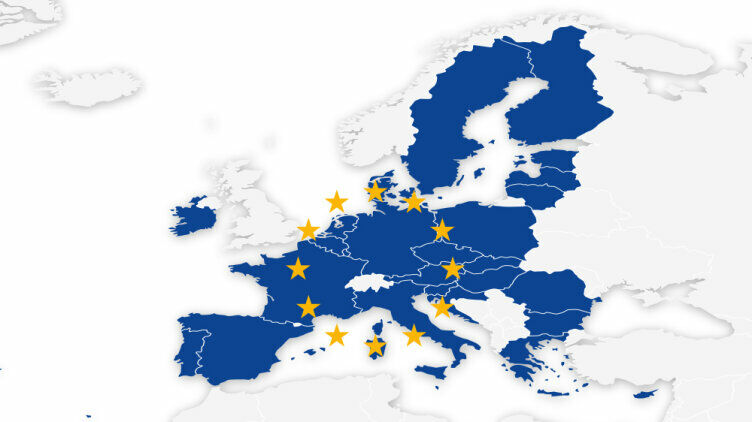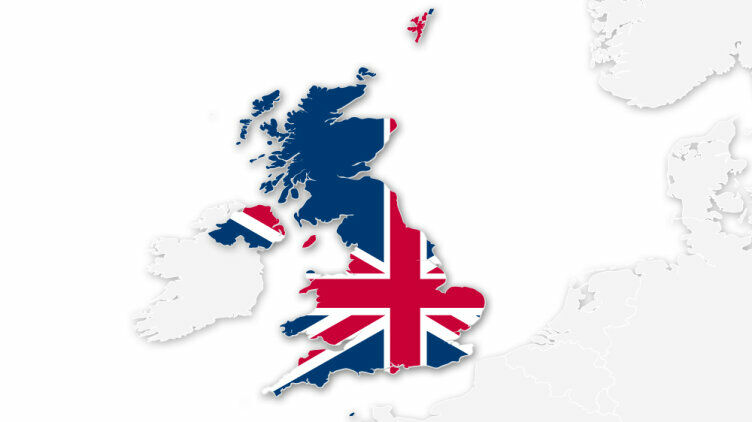The directives are addressed to EU member states, who are obliged to incorporate the European directives into domestic law. In Germany, for example, this is incorporated via the Product Safety Act (ProdSG).
Standards are not legally binding and merely represent the state of science and technology at the time of publication. Standards may not be applied in an EU conformity assessment procedure until they are harmonised with an EU directive through publication in the Official Journal of the European Communities. Satisfying the requirements leads to "presumption of conformity". This presumption of conformity says that a manufacturer can assume that when the standard is implemented correctly, the essential health and safety requirements of the EU directive defined in the standard's Annex are met.
If a manufacturer applies European directives and the relevant harmonised standards correctly, then in product liability terms, the burden of proof is reversed. This means that, in the event of an accident or fatality, the market surveillance authorities (in Germany the factory inspectorate) or the public prosecutor's office must prove to the manufacturer that directives and harmonised standards have not been considered and implemented correctly.


